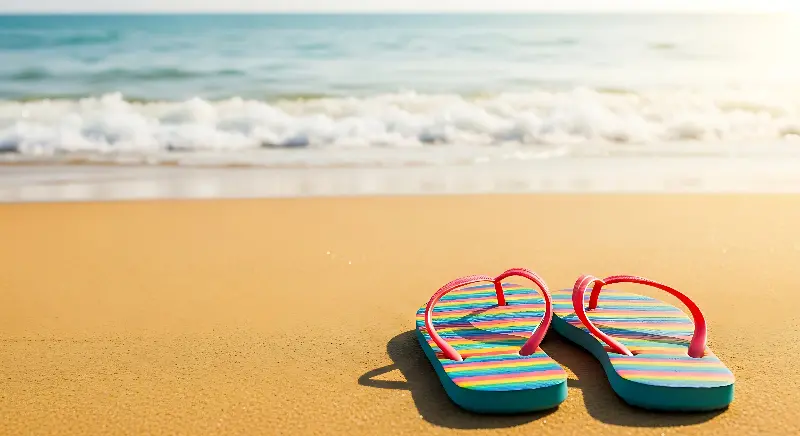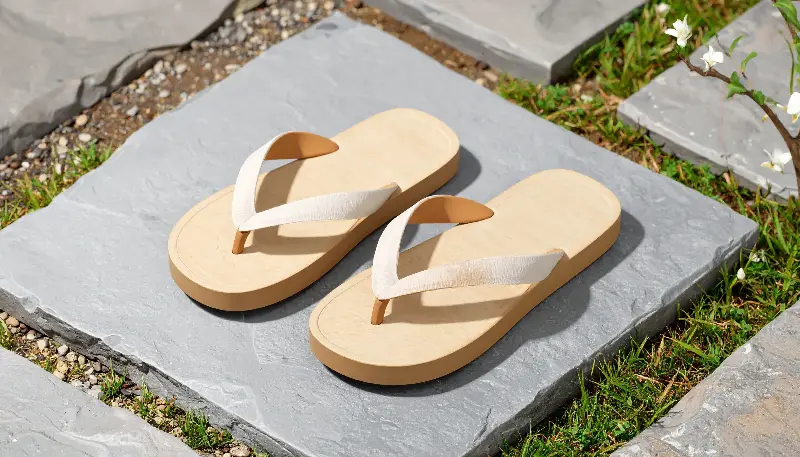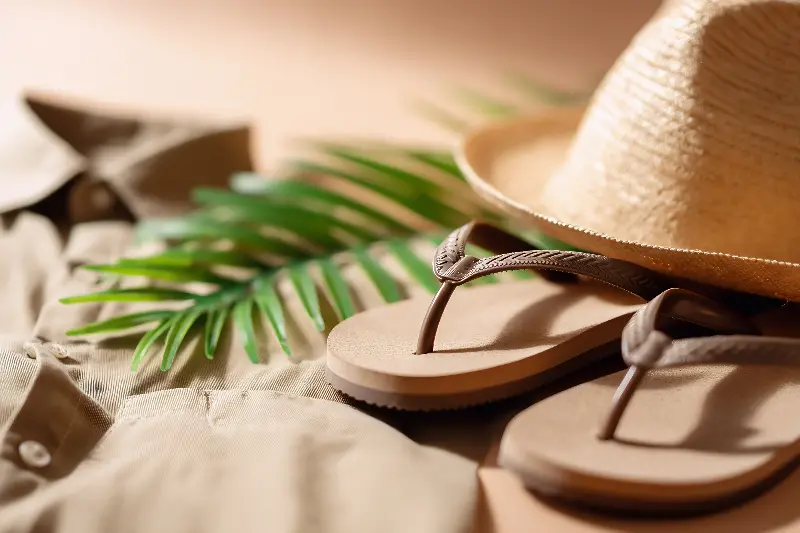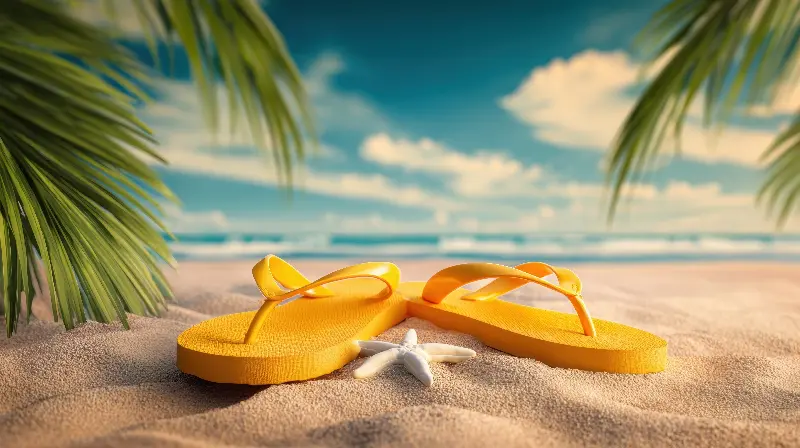They’re kicked off at the beach, slid on after a workout, and seen in nearly every corner of the globe. Flip-flops, the humble sandal that is almost synonymous with summer, are far more than a piece of casual footwear. Beyond their signature “flip-flop” sound and unmistakable minimal design lies a story of tradition, invention, and surprising significance. Here’s a closer look at why flip-flops are more culturally meaningful—and interesting—than you might think.

Ancient Origins With Modern Appeal
Flip-flops carry a long legacy, tracing their roots back thousands of years. Evidence suggests people in ancient Egypt wore thong sandals as far back as 4,000 B.C. They appear in paintings and on the feet of both royalty and commoners, constructed from papyrus and palm leaves. Similar sandals show up in ancient Greek and Roman societies, and even further east, the Japanese zōri and Indian paduka sandals have inspired the function and style of today’s flip-flop.
What’s truly fascinating is how little the design has changed. The simple Y-shaped strap and flexible sole have stood the test of time, proving that sometimes, the best designs are the simplest.
A Global Style Icon
Despite their basic construction, flip-flops stand as one of the world’s most universal fashion statements. Every continent boasts its own version, reflecting local materials and aesthetic preferences. In Brazil, the iconic Havaianas brand achieved cult status by transforming the sandal into a symbol of national pride. In India, the rubber “chappal” is a staple for millions, used by everyone from children heading to school to elders in bustling markets.
Flip-flops also have their moment in the western world. Their big breakthrough abroad came after World War II, when American soldiers brought home zōri from Japan, kickstarting a casual footwear revolution. The flip-flop became a laid-back symbol of Californian cool by the 1960s, closely linked with surf culture and beach holidays. Today, they pop up everywhere from city sidewalks to luxury resorts.

Unexpected Technological Innovation
While flip-flops might look simple, they’re packed with innovation. Early renditions used everything from reeds to wooden platforms, but the 20th century saw a shift towards natural rubber and synthetic materials. Today, manufacturers invest in ergonomic designs, arch support, and sustainable alternatives. Some flip-flops are crafted from recycled plastics rescued from the ocean, while others incorporate biodegradable materials or comfortable gel soles.
Even the colors and patterns have evolved, with options ranging from basic black to holographic and rhinestone-encrusted. What started as a purely functional item has become a canvas for creativity—luxury designers like Gucci and Prada have even released their own high-fashion versions.
Eco-Friendly Potential
As sustainability becomes a priority in the fashion world, some flip-flop brands are leading the charge. Billions of pairs are produced yearly, and unfortunately, discarded flip-flops are a significant contributor to global plastic pollution. However, innovative companies now offer flip-flops made from algae, plant-based foams, or recycled tires. In Kenya, artisans transform discarded flip-flops washed ashore into vibrant sculptures and accessories, giving new life to what would otherwise be trash.
This eco-friendly turn not only reduces environmental impact but also inspires a global community of reuse and creativity.

Flip-Flop Culture: More Than Casual
For many, flip-flops are synonymous with relaxation and leisure. Slipping them on can signal a transition from work to rest—a mental boundary as much as a physical convenience. Yet, in some cultures, flip-flops carry unique cultural significance. For example, in Japan, traditional zōri and geta sandals are paired with formal kimono, while in India, entering homes barefoot or in simple sandals remains a sign of respect.
But beware—the flip-flop isn’t universally accepted. Certain countries require covered shoes in temples, and upscale restaurants may turn away guests showing too much toe. Flip-flops, therefore, challenge norms about propriety, highlighting the intersection between comfort and cultural custom.
Surprising Science Of The Slip-On
Health professionals have been known to debate the value of flip-flops. While their open design is great for keeping feet cool and preventing athlete’s foot, long-term wear (especially with poorly made pairs) can cause heel pain or affect posture. However, updated designs with cushioned soles and arch support are changing the game, making flip-flops more foot-friendly than ever.
Interestingly, studies suggest wearing flip-flops triggers a unique walking gait, engaging muscles in the feet and ankles differently from closed shoes. For some, this can actually help strengthen certain foot muscles—just another example of these sandals’ sneaky complexity.

From Beach Days To Runways
Perhaps the most remarkable fact about flip-flops is their versatility. They’ve moved seamlessly from humble market stalls to designer runways and from tropical beaches to city streets. Celebrities have sported them at red carpet events, and everyday people rely on them for easy, breezy comfort.
The enduring appeal lies in their dual identity: flip-flops symbolize a free-spirited approach to life but have also managed to earn their stripes in the world of serious style.
Whether you’re packing for vacation, hanging out at home, or simply running errands, next time you slide into your favorite pair of flip-flops, remember you’re part of a global tradition. The world’s favorite sandal isn’t just easy to wear—it’s steeped in stories, tradition, and surprising innovation. Who knew so much could be said by a simple slap of rubber on pavement?
